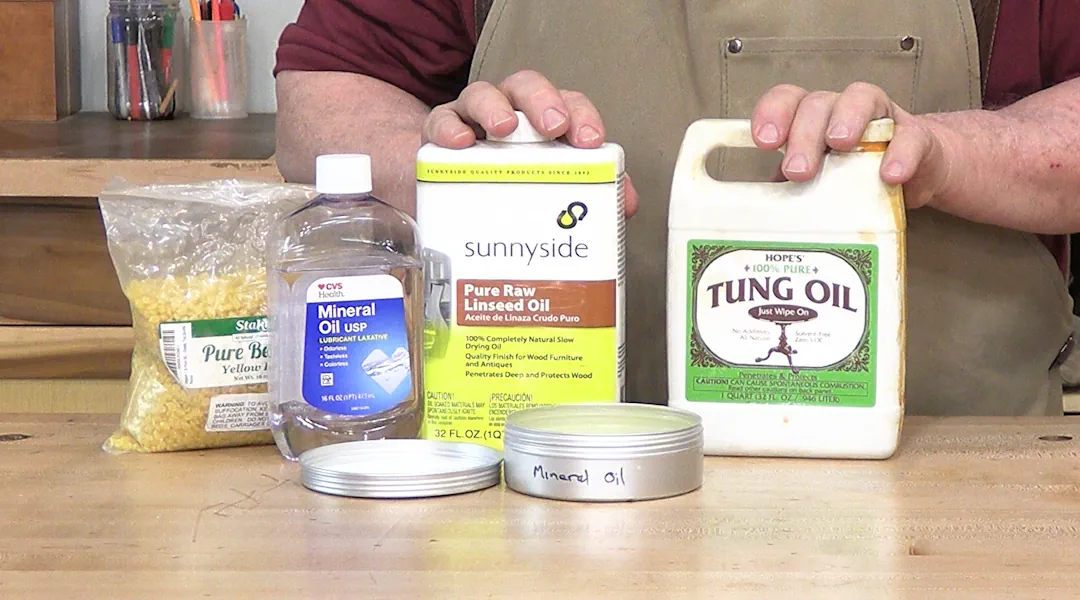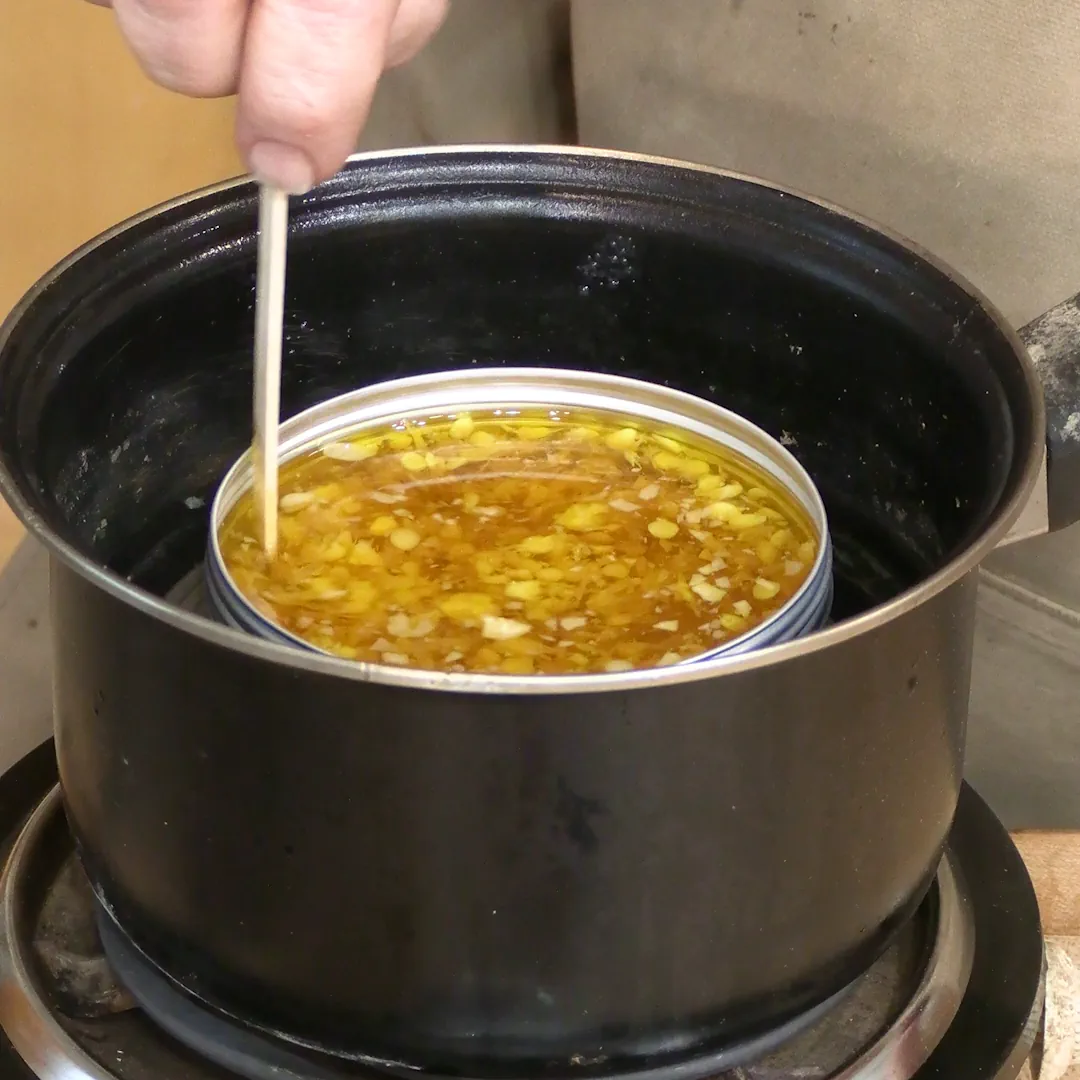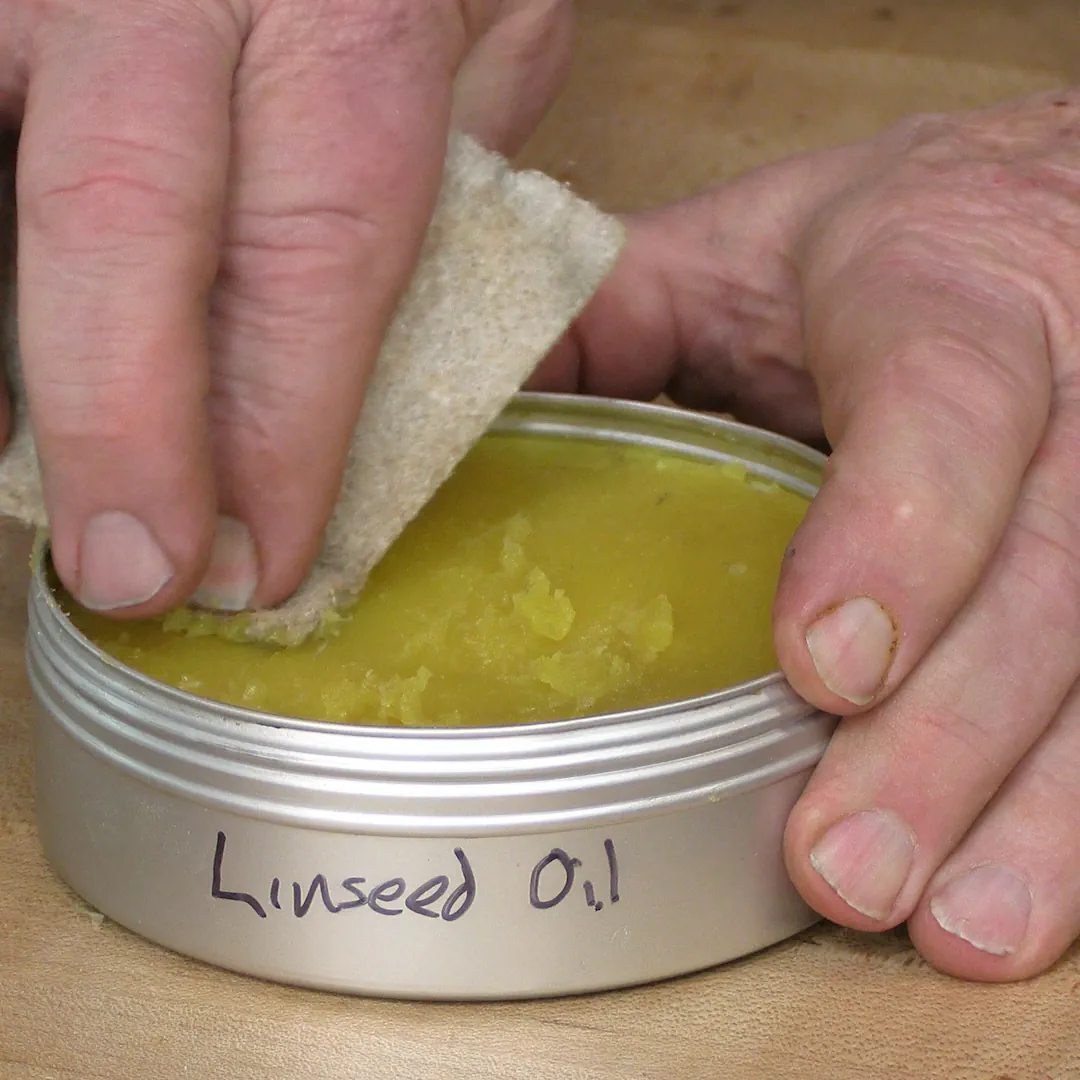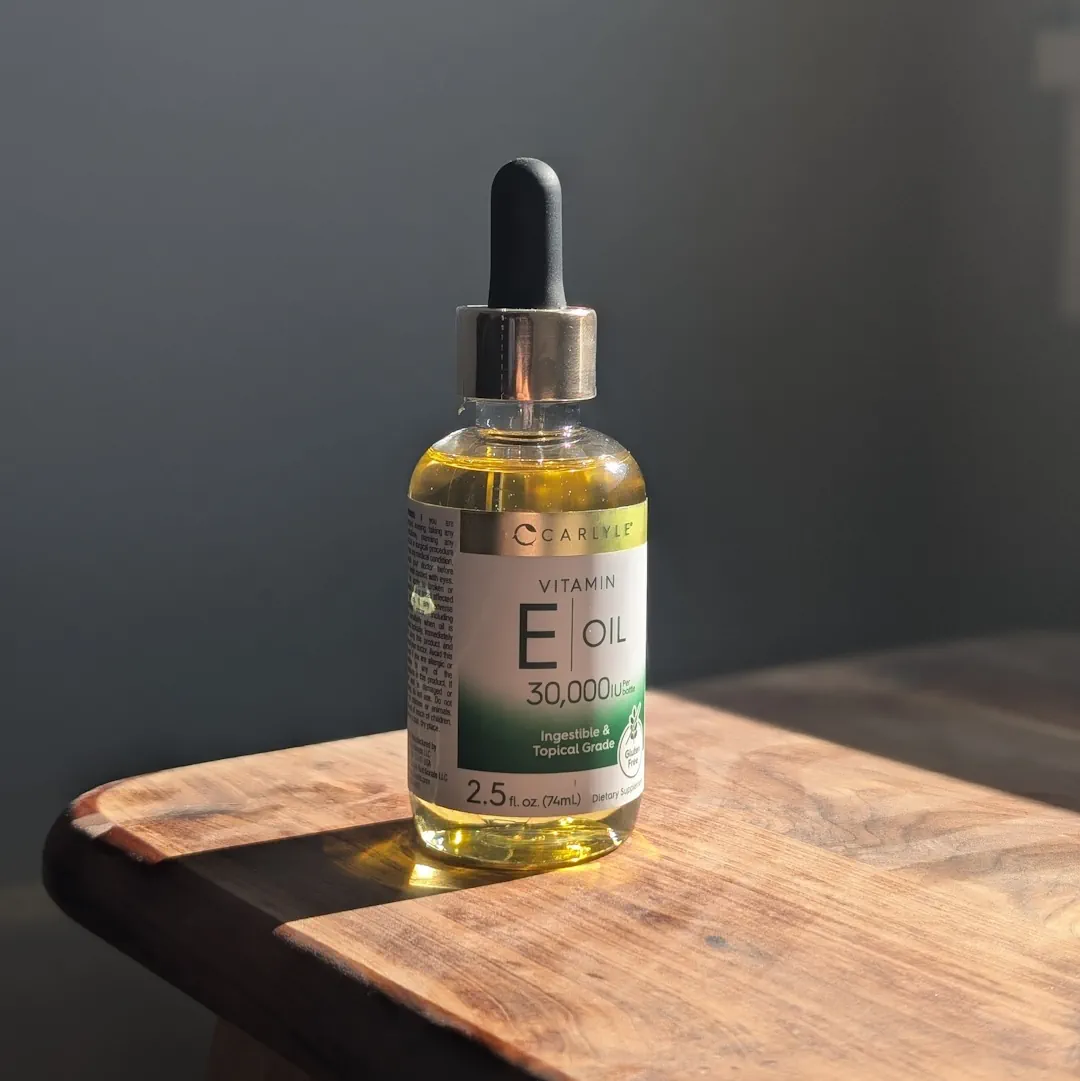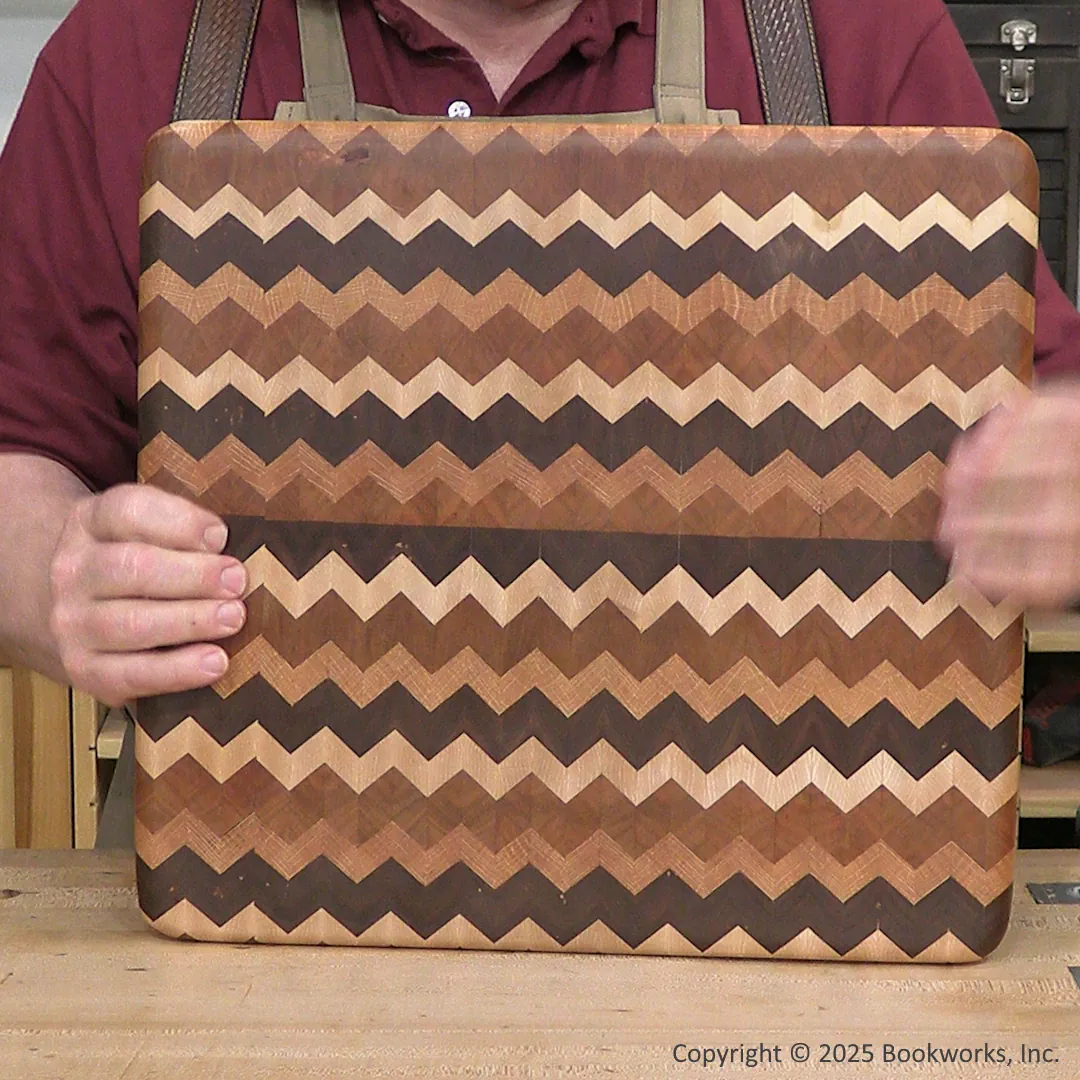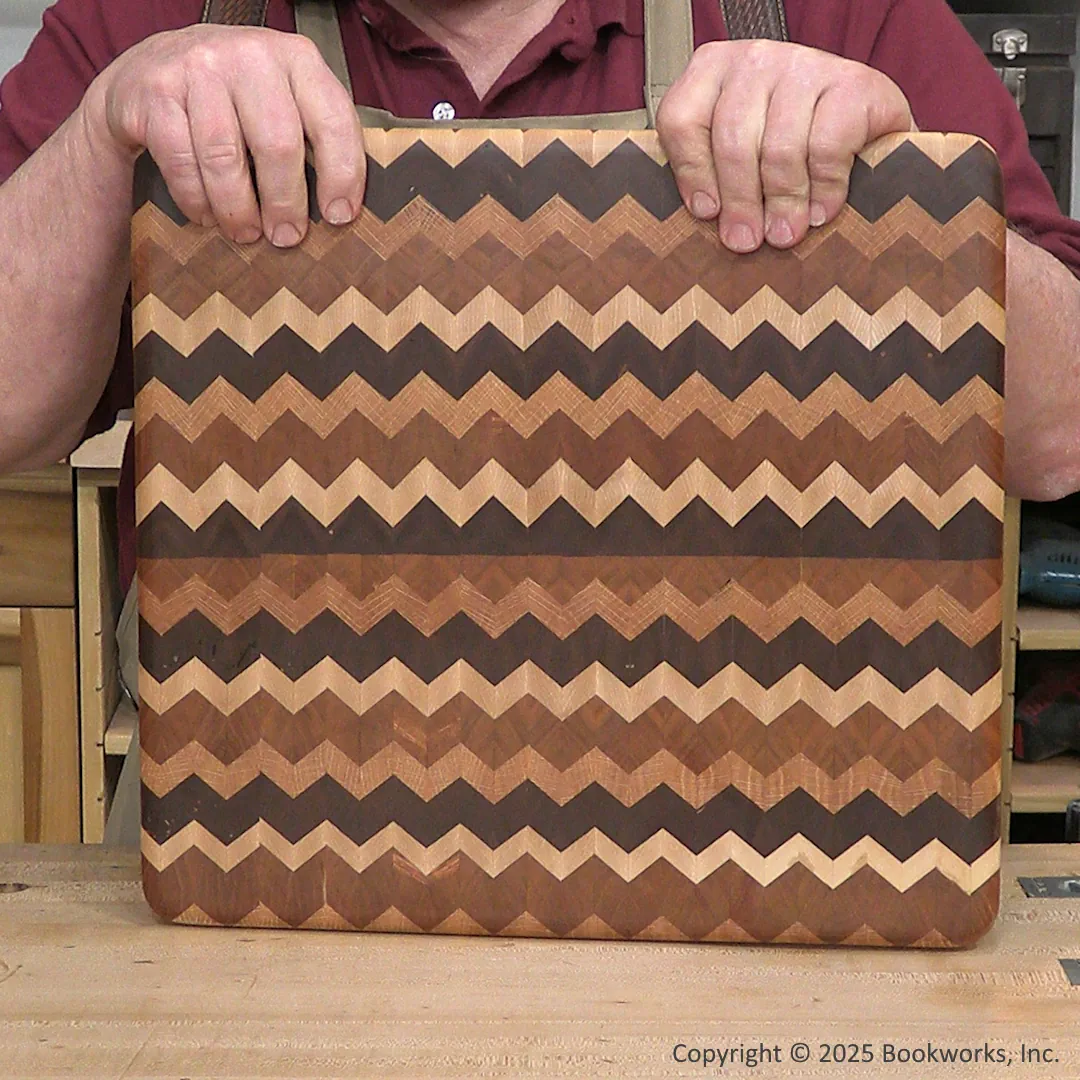WHAT IS BOARD BUTTER?
“Board butter” is a blend of non-toxic wax and oil to make a food-safe finish for wooden kitchen implements – cutting boards, spoons, bowls, and so on. You can uses waxes and oils by themselves for this purpose, but the combination of the two makes the finish more attractive and durable. The oil soaks into the wood, accentuating the wood grain. The wax helps keep the oil from leeching out and creates a sheen. Both protect the wood from water and food juices.
Traditionally, board butter is made with mineral oil, but you can use a variety of other food safe-oils, such as coconut and walnut oils. You can also use “drying” oils such as linseed oil and tung oil. These offer an advantage in this application because they eventually cure to harder and more durable versions of themselves. This, in turn, produces a harder and more durable finish for kitchen utensils. In fact, these board butters are only one ingredient away from being a hardwax finish. Add a little hardening resin, and you’re there.
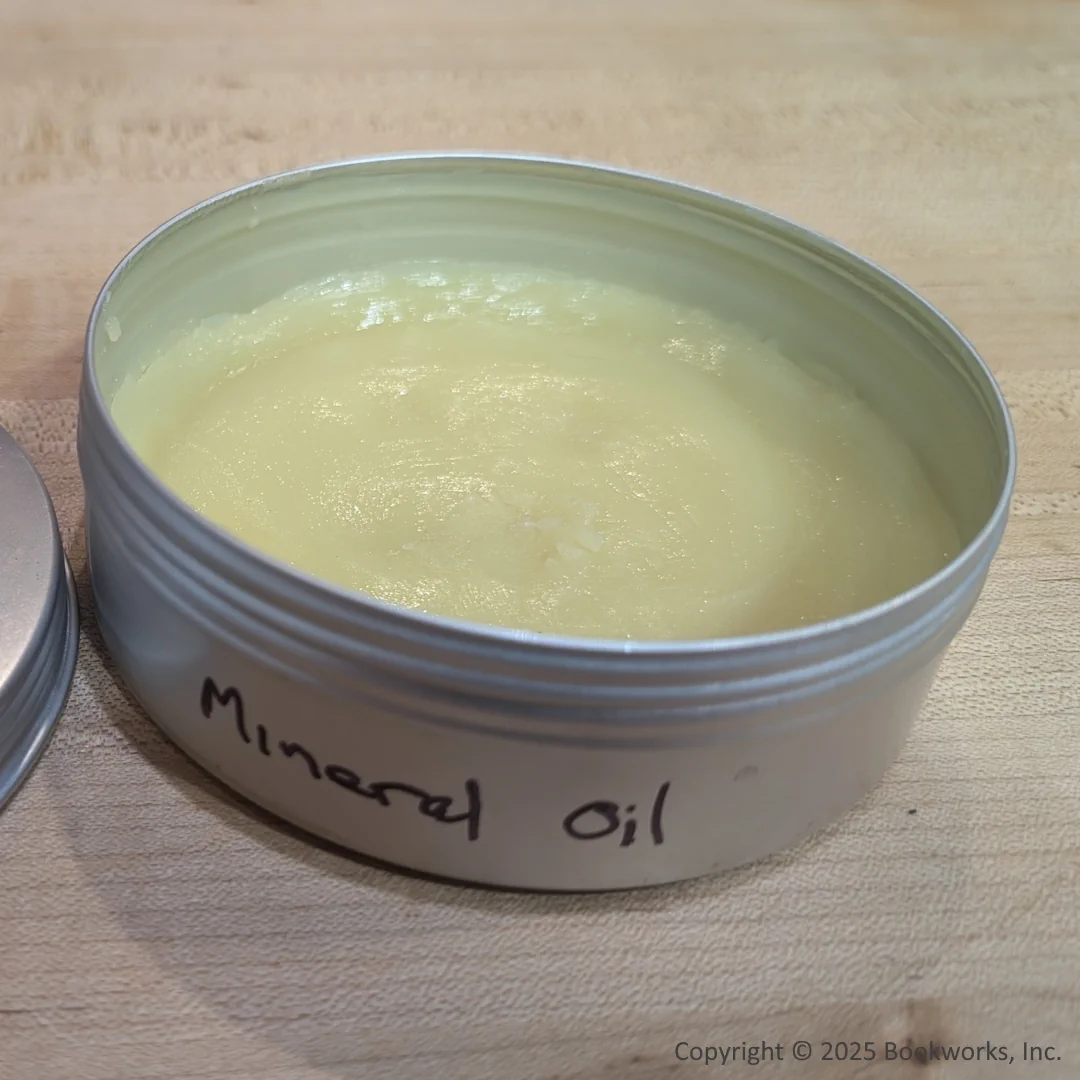
This is board butter made with mineral oil, using 4 parts mineral oil 1 part wax.
However, there is also a disadvantage – you shouldn’t use the wooden utensil immediately because these oils don’t become non-toxic (technically, food contact safe) until they are fully cured. You also have to be careful to get raw oils with no additives. “Boiled” linseed oil, for example, includes chemicals called driers that speed up the curing process. These are often toxic. “Partially polymerized”* oils may be okay as long as they have no driers or other toxic additives.*


